If you’ve spent any time reading about supplements for healthy ageing, you’ve almost certainly stumbled across NMN—short for nicotinamide mononucleotide. It’s been hailed as one of the most promising molecules for boosting NAD+ (the vital compound your cells rely on for energy and repair). Researchers have linked NAD+ decline to fatigue, weaker metabolism, and many hallmarks of ageing, which is why NMN has shot to fame as a possible way of “recharging” the body’s batteries.
Sounds great, doesn’t it? But here’s the catch: before you even think about buying NMN, there’s an important question— is it legal where you live?
That might sound a little dramatic. After all, when was the last time you wondered whether a vitamin or supplement was legal before ordering it online? With NMN, things aren’t so straightforward. Depending on the country, NMN might be freely available, sitting in a regulatory grey area, or classed as something closer to a pharmaceutical drug. In other words, what’s perfectly fine to buy in one place might be restricted or frowned upon in another.
This article takes a deep dive into the global legal landscape of NMN. We’ll look at how different countries approach it, why the rules vary so much, what buyers need to watch out for, and where the science might push regulations next.
So, grab a cup of tea, settle in, and let’s unpack this puzzle together.
Why Does NMN’s Legal Status Matter?
When most of us shop for supplements, legality isn’t top of mind. You just assume that if it’s on a shelf, it’s allowed. But NMN sits in an unusual position for three main reasons:
- It’s new. Unlike vitamin C or magnesium, NMN hasn’t been on the supplement scene for decades. Regulators are still catching up.
- It’s powerful. Because NMN interacts with NAD+—a central molecule for energy and ageing—regulators wonder if it belongs in the drug category instead of food supplements.
- Pharmaceutical interest. Companies are actively researching NMN for medical use. And here’s the tricky bit: if a substance is being investigated as a drug before it’s marketed as a supplement, some laws say it can’t be sold as a supplement.
For buyers, this means you can’t assume NMN will be treated like any other vitamin pill. The label “legal” or “illegal” can be blurry, and sometimes what’s available today might disappear from online shops tomorrow.
A Quick Refresher: What Exactly is NMN?
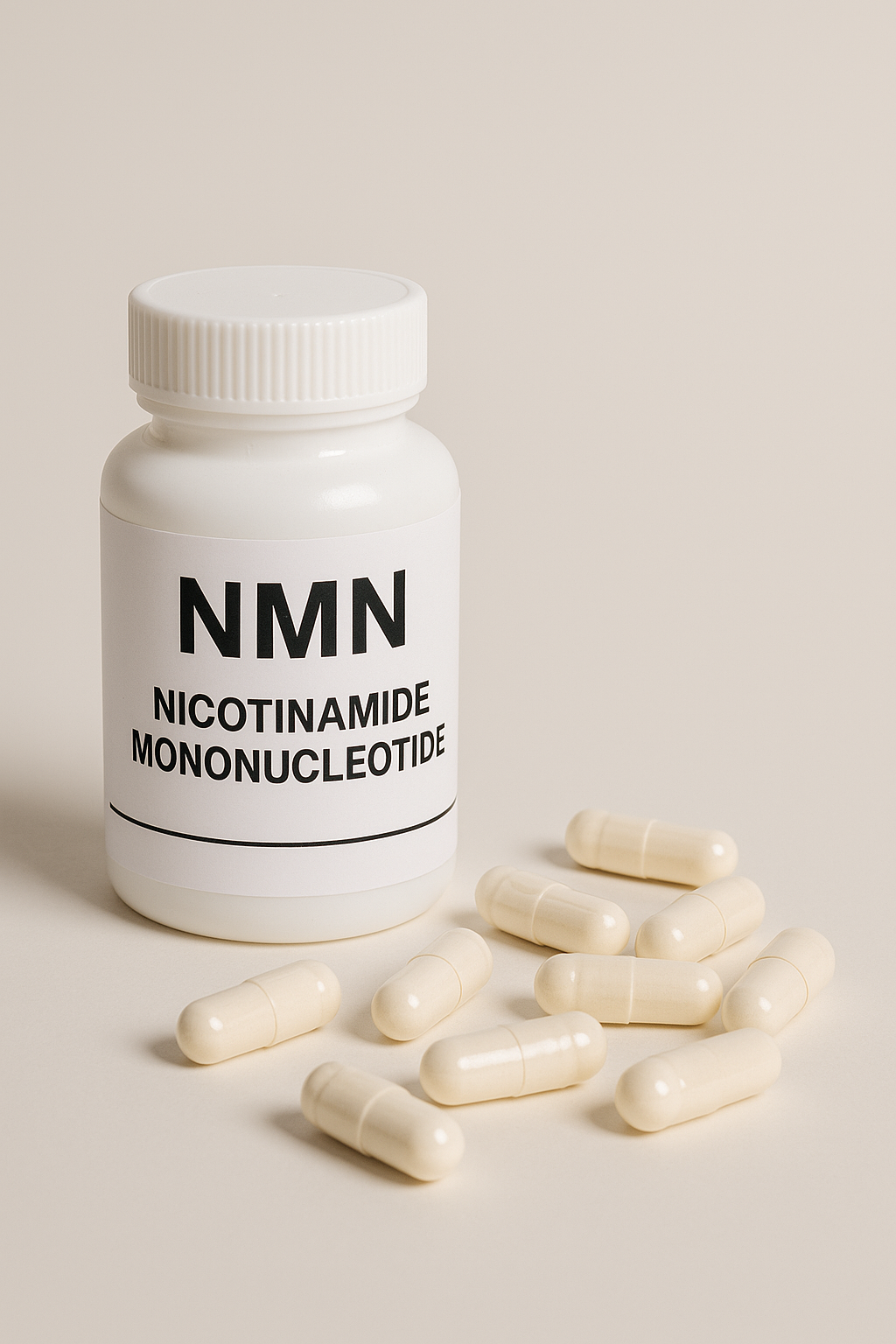
Just in case you’re new to the science side: NMN is a naturally occurring molecule in the body and in small amounts in foods like broccoli, edamame, and avocado. It’s a direct precursor to NAD+ (nicotinamide adenine dinucleotide), which is involved in:
- Cellular energy production (ATP generation)
- DNA repair
- Maintaining healthy metabolism
- Regulating stress responses in cells
As we age, NAD+ levels decline dramatically. This is where NMN comes in: supplementing with NMN has been shown in animal studies—and now early human trials—to raise NAD+ levels, potentially supporting energy, cognition, and cardiovascular health.
It’s no wonder people are excited. But the buzz has also made regulators nervous. If NMN really does affect ageing, should it be treated more like a powerful drug than a casual food supplement? That’s the big question.
NMN in the United States
For a few years, one could easily find NMN on Amazon or at health retailers.
Then, in late 2022, the US Food and Drug Administration (FDA) made waves by announcing that NMN could no longer be sold as a dietary supplement. Why? Because it was under investigation as a potential pharmaceutical.
Here’s the important nuance:
- Buying and using NMN is not illegal. You won’t get into trouble for having a bottle in your cupboard.
- Marketing NMN as a supplement is restricted. The FDA’s rule mainly affects companies, not individuals.
What happened next? Many big platforms, including Amazon, pulled NMN from their listings. Smaller companies, however, still sell it online. So in practice, you can still get NMN in the US, but the market has become fragmented, and you’ll want to double-check the reliability of the seller.
NMN in the European Union
The European Union has its own way of classifying supplements. If something wasn’t commonly eaten before 1997, it can fall under the category of “novel food.” That means companies need formal approval before they can sell it.
NMN fits this description. As of today, the European Food Safety Authority (EFSA) has not granted NMN novel food status. That doesn’t mean it’s banned. It just means companies don’t have the green light to sell NMN as a supplement in EU countries.
In practice, this creates a patchwork:
- You won’t see NMN on the shelves of mainstream EU health shops.
- Some buyers still order NMN online from abroad, entering that classic “grey zone.”
NMN in the United Kingdom
Post-Brexit, the UK regulates food and supplements independently of the EU. But the Food Standards Agency (FSA) has taken a similar stance: NMN is considered a novel food, and it hasn’t yet been authorised for sale.
Does that mean British buyers are completely cut off? Not exactly. You can still find NMN online, but technically, those products aren’t fully compliant. It’s a case of “buyer beware”—if the FSA tightens enforcement, some sellers could disappear overnight.
NMN in Asia
The picture in Asia is diverse, with some countries leaning cautious and others more welcoming.
- Japan: Japan has embraced NMN more than most. You can find NMN supplements marketed as food products rather than drugs, and Japanese researchers have been leading human trials.
- China: NMN is widely available in China, and the domestic market has exploded in recent years. Chinese companies are even exporting NMN products worldwide.
- Singapore: On the stricter end, Singapore does not currently approve NMN as a health supplement, making it hard to find legally there.
- South Korea: NMN supplements are sold but often sit in regulatory limbo, much like in the UK and EU.
NMN in Australia and New Zealand
Both Australia and New Zealand are known for tight supplement regulations. In Australia, NMN isn’t on the Therapeutic Goods Administration’s (TGA) approved list of ingredients. This means companies can’t legally market NMN as a dietary supplement.
That said, some Australians and New Zealanders still import NMN for personal use. Whether that’s technically allowed often depends on the amount and purpose of the order.
Why the Rules Differ
Why is there so much variation? A few big factors are at play:
- Different legal frameworks. Each country has its own definition of what counts as a food, a supplement, or a drug.
- Scientific uncertainty. Regulators are cautious because long-term human studies on NMN are still limited.
- Pharmaceutical overlap. Since NMN is being studied as a drug, some regulators prefer to keep it out of supplement aisles until the science is clearer.
It’s not unusual for new health compounds to go through this dance. Even ingredients like melatonin and CBD have very different legal statuses depending on where you look.
What Buyers Should Keep in Mind
If you’re considering NMN, here are some things to think about:
- Check local rules. Before you buy, it’s worth looking up whether NMN is approved in your country.
- Don’t assume quality. Because regulation is patchy, NMN supplements can vary widely in purity and strength. Look for third-party testing where possible.
- Beware of miracle claims. If a seller promises that NMN will make you “reverse ageing overnight,” that’s a red flag.
- Understand import risks. Even if NMN isn’t banned where you live, your order might be confiscated at customs if it’s not authorised locally.
Common Questions About NMN and Legality
- Will I get into trouble for buying NMN online?
Usually not—enforcement tends to target sellers rather than buyers. The worst outcome is often that your parcel doesn’t make it through customs. - Is NMN completely banned anywhere?
Not really. In most countries, it’s either in a grey area or restricted, but outright bans are rare. - Could the rules change in the future?
Absolutely. As more human studies are published, regulators could soften or tighten their stance. What’s off-limits today might become mainstream tomorrow. - Does the legal status affect safety?
Not directly. A supplement can be legal but poor quality, or restricted but safe in the right form. Legality mainly determines whether companies can market it, not whether it works. - Why can I buy NMN so easily online if it’s restricted?
Because many sellers ship internationally, taking advantage of gaps in enforcement. Just remember that doesn’t make it officially approved.
Looking Ahead
So, where does this leave us?
NMN is a fascinating molecule with real potential to support healthy ageing. But its legal status worldwide is patchy at best. In some places—like Japan and China—it’s openly sold. In others—like the US, UK, and EU—it’s stuck in a regulatory grey zone.
For buyers, the takeaway is simple: do your homework. Check the rules in your country, buy from reputable sources, and remember that supplements should complement, not replace, healthy habits like good nutrition, exercise, and sleep.
As the science develops, there’s a good chance the legal situation will evolve too. Who knows—five years from now, NMN might sit on the shelf next to vitamin D. For now, though, it’s all about staying informed, cautious, and realistic about what NMN can and can’t do.
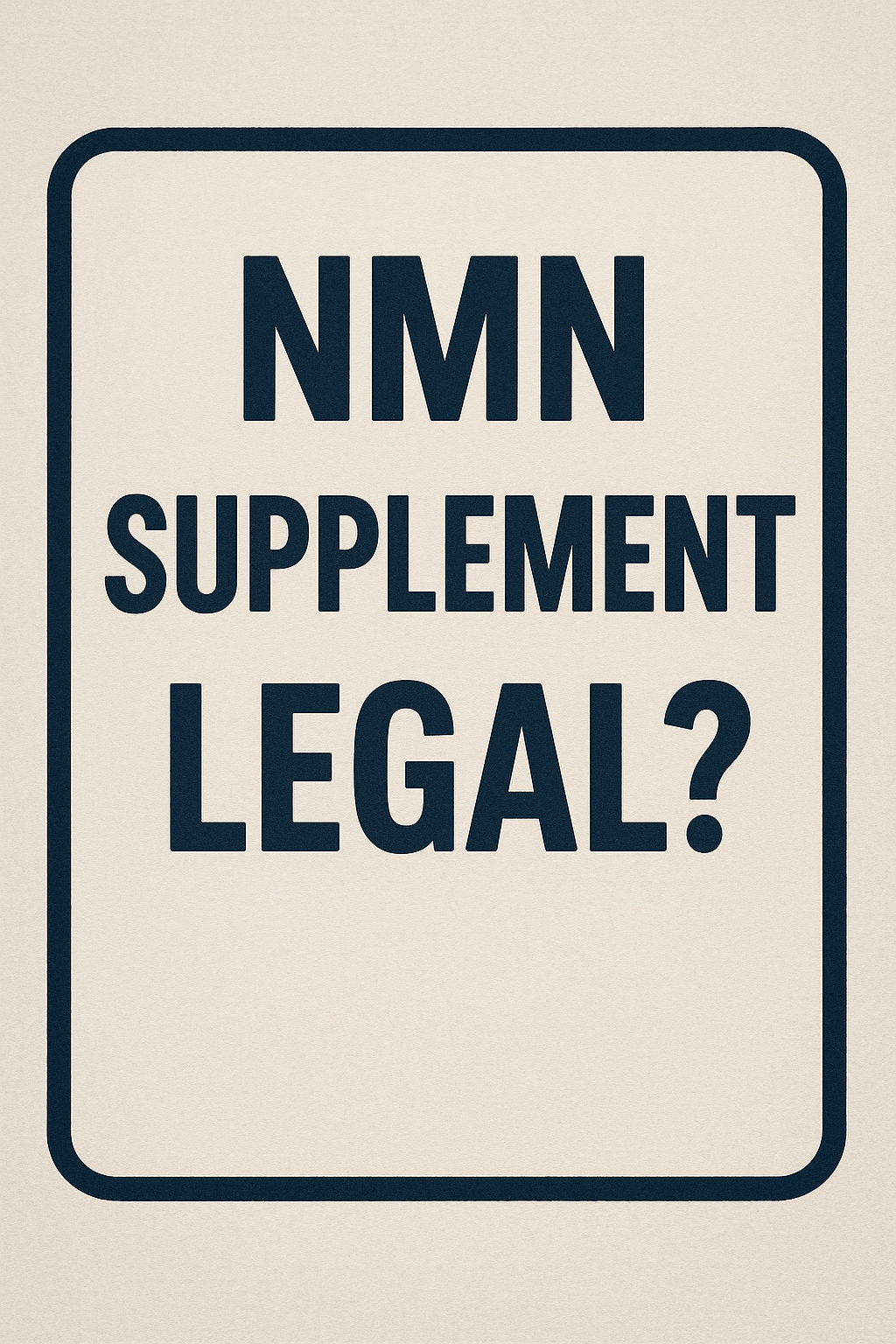
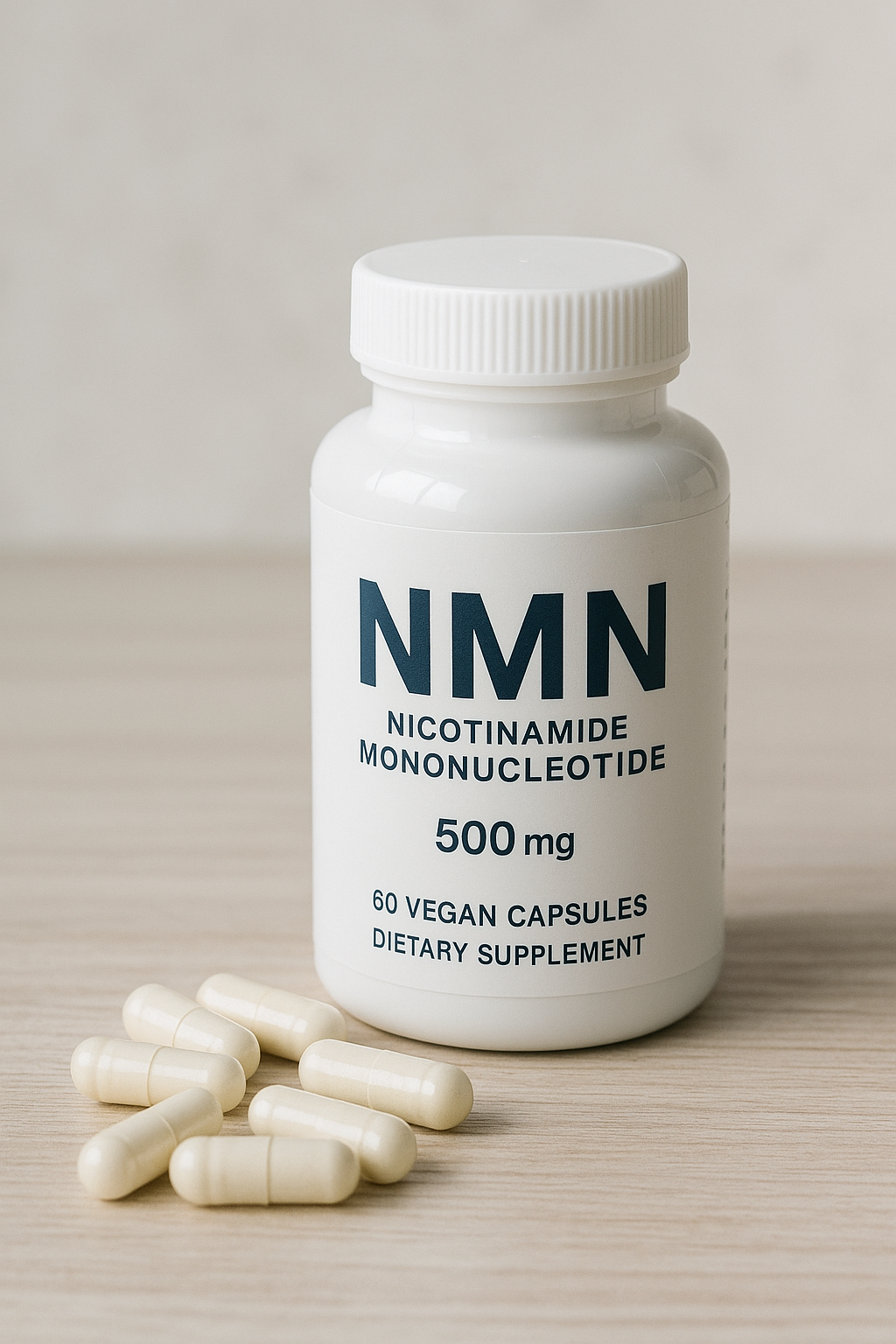

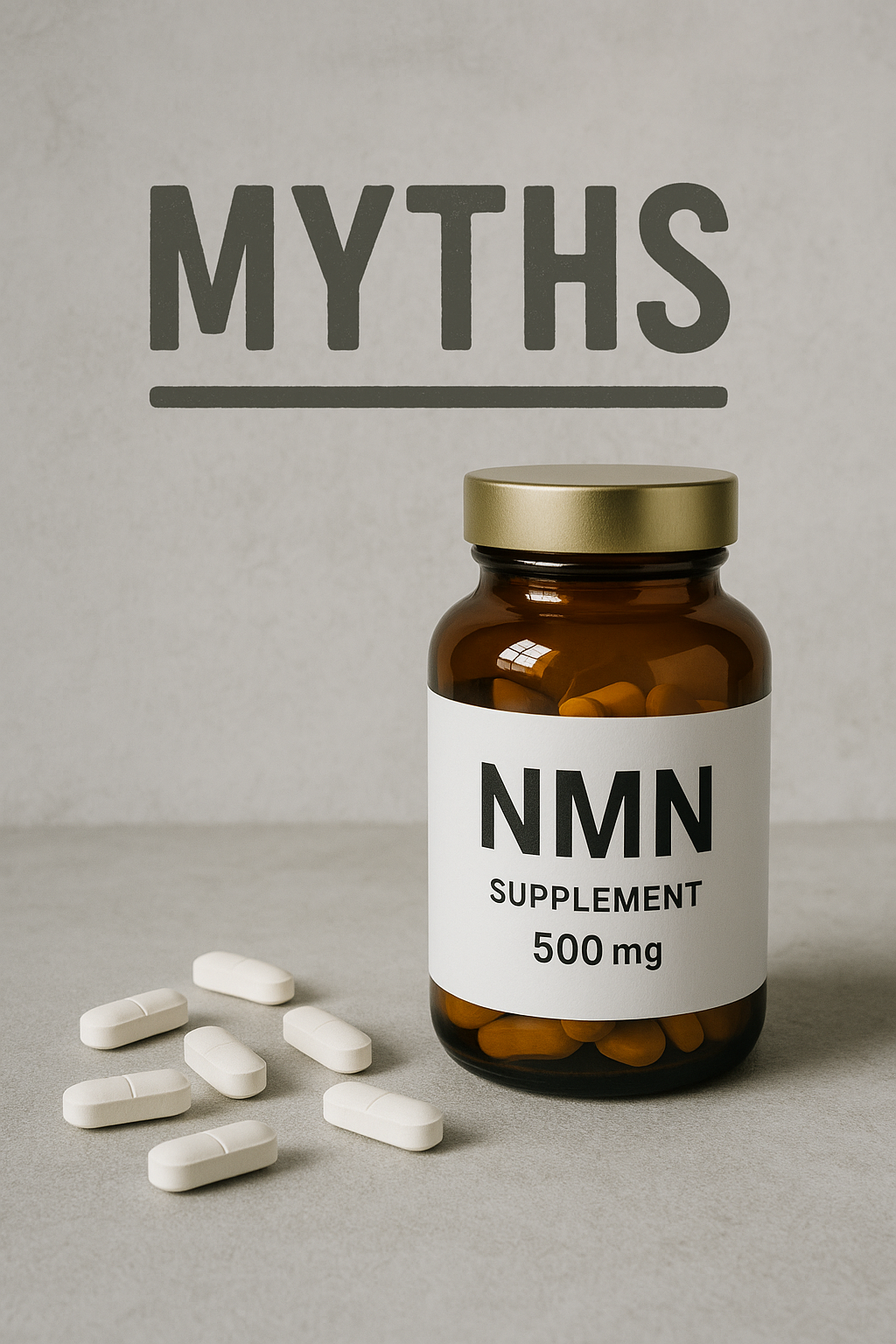
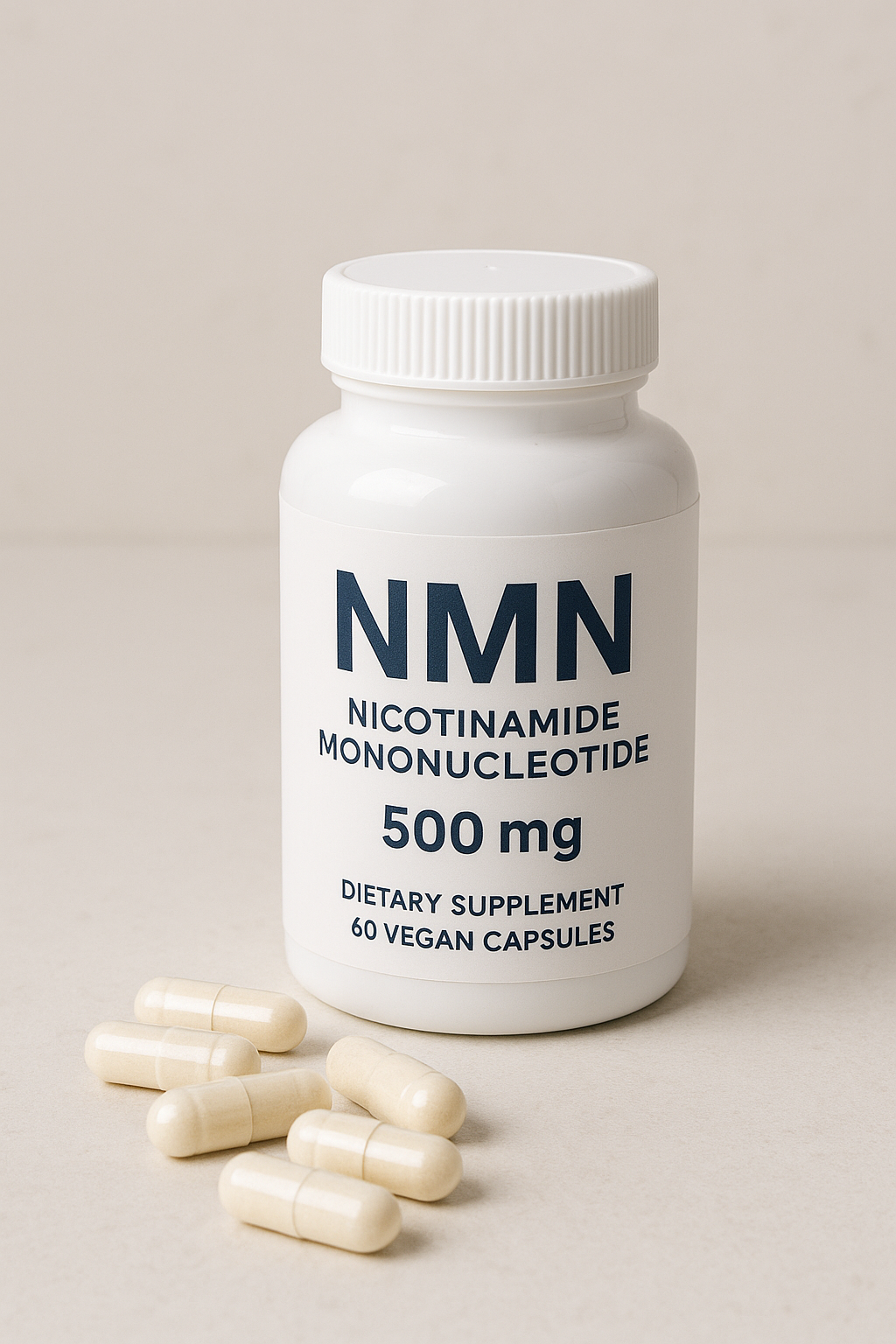

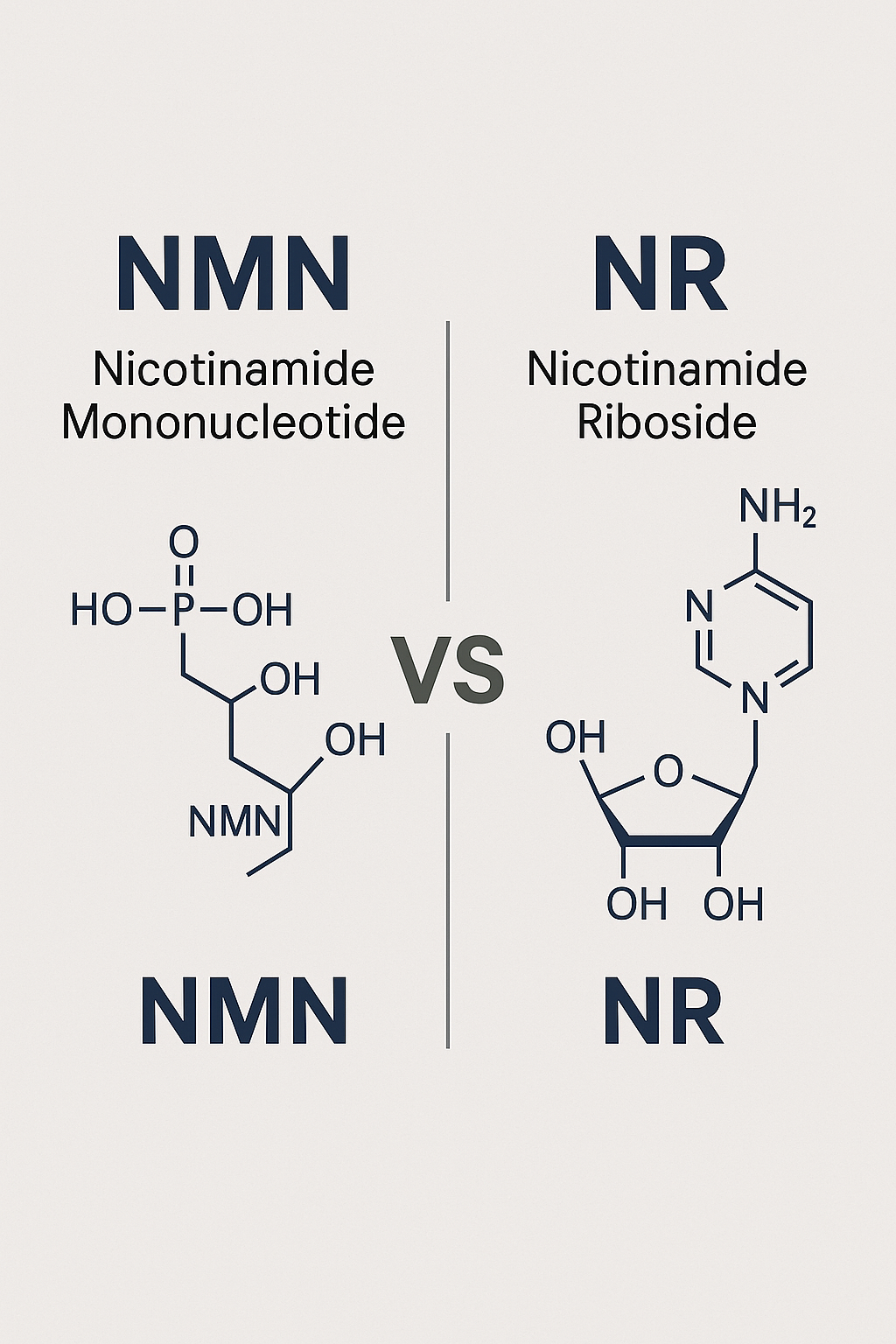

 Think of collagen as your body’s scaffolding. It makes up about 30% of all your protein. Without it, you’d literally fall apart.
Think of collagen as your body’s scaffolding. It makes up about 30% of all your protein. Without it, you’d literally fall apart. Marine collagen comes from fish
Marine collagen comes from fish Many users report less joint pain after taking bovine collagen regularly. The amino acids help rebuild worn cartilage. A review of studies found collagen supplements improved osteoarthritis symptoms compared to placebo.
Many users report less joint pain after taking bovine collagen regularly. The amino acids help rebuild worn cartilage. A review of studies found collagen supplements improved osteoarthritis symptoms compared to placebo. This is marine collagen’s claim to fame. Multiple studies show it improves skin hydration, elasticity, and reduces wrinkle depth. One study found women taking marine collagen had measurably better skin after 8-12 weeks.
This is marine collagen’s claim to fame. Multiple studies show it improves skin hydration, elasticity, and reduces wrinkle depth. One study found women taking marine collagen had measurably better skin after 8-12 weeks. This might decide for you. If you don’t eat beef, marine collagen is your only option. If you have fish allergies, stick with bovine collagen. Vegetarians and vegans can’t use either – they’ll need plant-based collagen boosters instead.
This might decide for you. If you don’t eat beef, marine collagen is your only option. If you have fish allergies, stick with bovine collagen. Vegetarians and vegans can’t use either – they’ll need plant-based collagen boosters instead. Both bovine and marine collagen can improve your health when used consistently. The “best” choice depends on your specific needs, budget, and dietary preferences.
Both bovine and marine collagen can improve your health when used consistently. The “best” choice depends on your specific needs, budget, and dietary preferences.







 The benefits of incorporating Shirataki rice into your diet are plentiful. Here are some key health advantages:
The benefits of incorporating Shirataki rice into your diet are plentiful. Here are some key health advantages: Temperature plays a critical role in preparing
Temperature plays a critical role in preparing 



 Shirataki rice is derived from the konjac root, also known as the
Shirataki rice is derived from the konjac root, also known as the  When evaluating
When evaluating 







 For those looking to maintain or lose weight, Shirataki rice can be an effective tool. Its low calorie and carbohydrate content means you can consume a satisfying serving without significantly impacting your daily caloric intake. Additionally, the fiber in Shirataki rice helps promote satiety, which can curb unhealthy snacking.
For those looking to maintain or lose weight, Shirataki rice can be an effective tool. Its low calorie and carbohydrate content means you can consume a satisfying serving without significantly impacting your daily caloric intake. Additionally, the fiber in Shirataki rice helps promote satiety, which can curb unhealthy snacking.